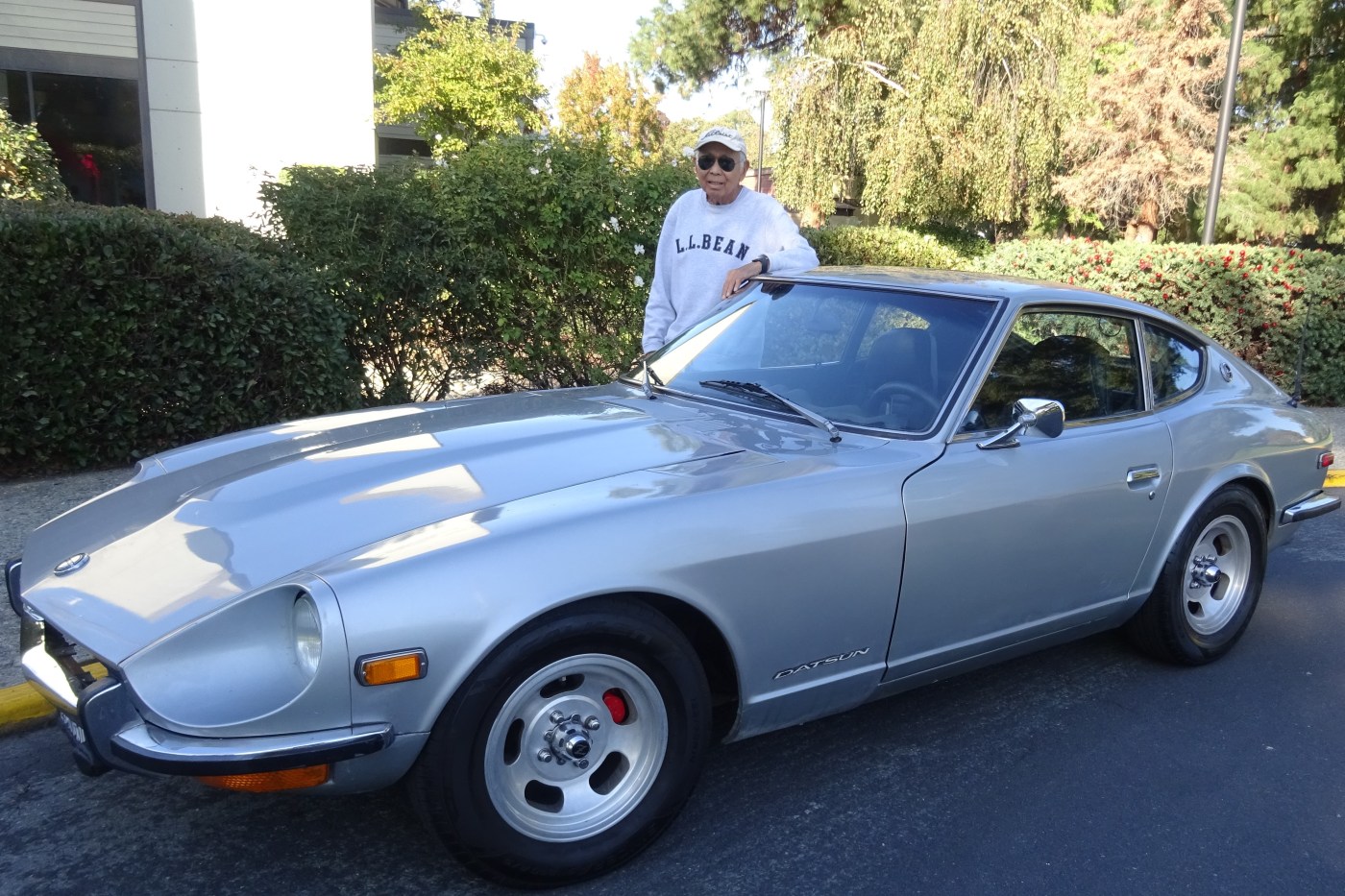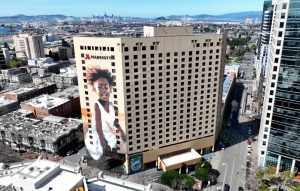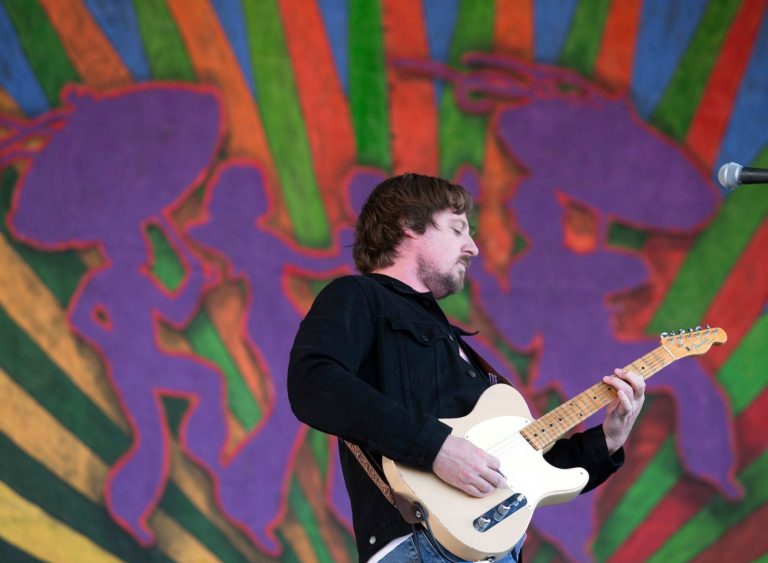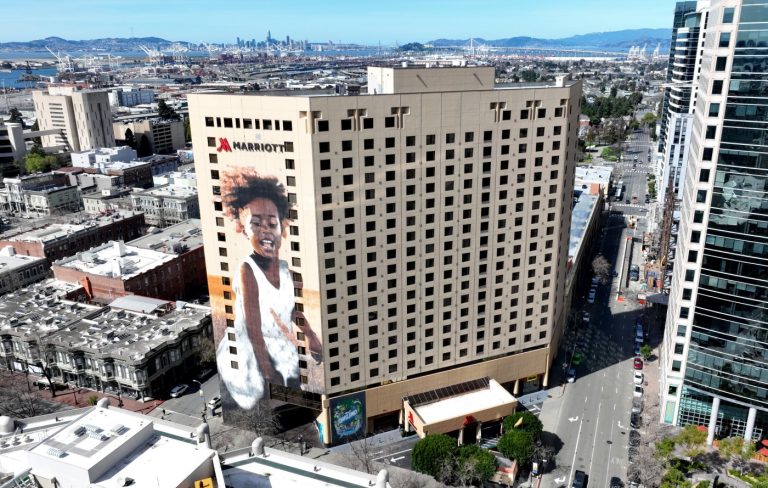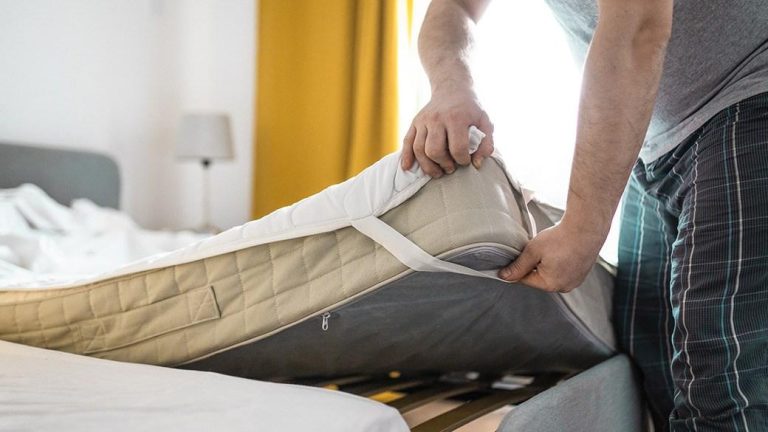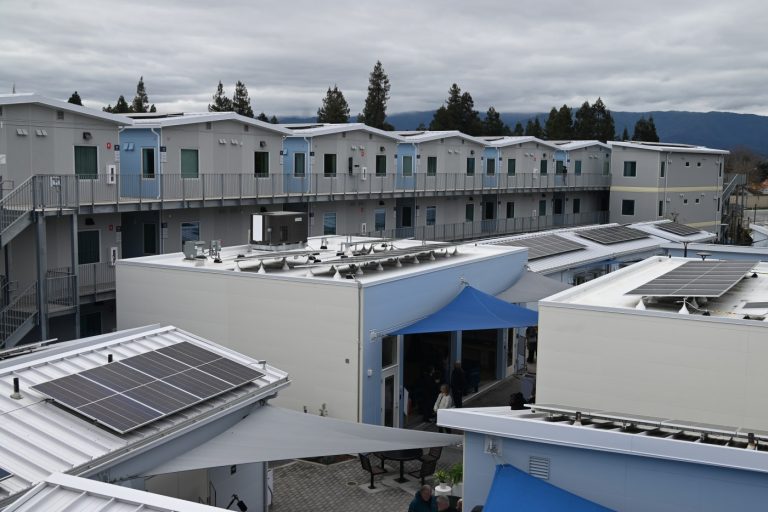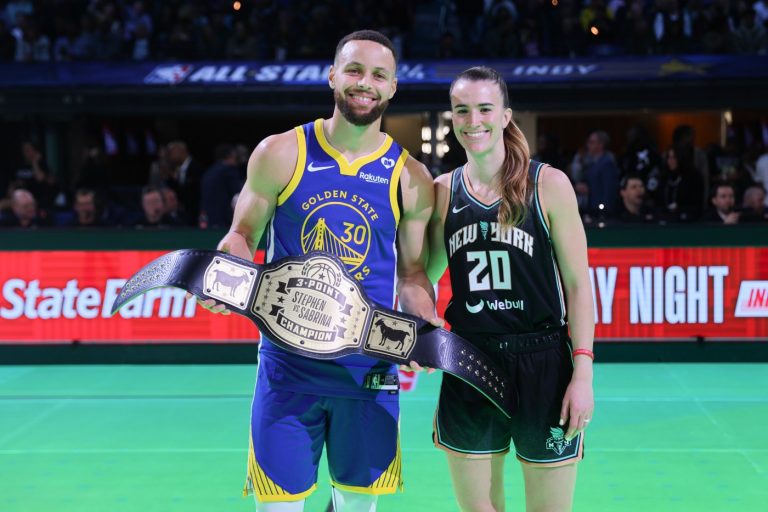Long before Datsun came to America, an automotive brand in Japan was called DAT, an acronym for the initials of the company partners. DAT cars were full-size, and when the company decided to make a small car, the name chosen was Datsun, (son of DAT) but they didn’t want to call it “Datson” because in Japanese, “son” means “loss.”
Related Articles
Me & My Car: ’34 Ford truck in Walnut Creek got start in S.F. dairy delivery
Me & My Car: ’64 Plymouth Valiant became Alameda college class project
Me & My Car: ’58 Triumph in Pleasant Hill will soon be well restored
America’s first Datsun arrived in 1958 and was called the Datsun 1000. It was built on the same platform as the Datsun pickup and used the same 1000-cubic-centimeter engine. The Datsun name is owned by Nissan, but in 1958, when Nissan wanted to export their cars to America, they didn’t want to use the Nissan name.
During World War II, Nissan was a very big manufacturer of Japanese military trucks, which could have led to some negative feelings about the company and its products. Also, Nissan was using the Datsun name for small cars that they were successfully promoting in Japan.
Marketing professionals believed that the successful name would be more acceptable to use than Nissan, which had been associated with large, rugged trucks. They were also concerned about damage to the Nissan brand if the U.S. venture failed.
Datsun was not a very exciting franchise in the United States until October 1969. Up until then they offered mostly small, economical cars and pickups. That month, America was introduced to the Datsun 240Z which was affordable, profitable and became the world’s best-selling sports car. It used the engine and suspension components from the Datsun Bluebird 510 sedans and won twice outright in the East African Rally.
Credit for the 240Z’s design with a long hood and short deck goes to Yoshihiko Matsuo and reminds me of the beautiful Jaguar XKE of that era with similar styling characteristics. Datsun sold more than 520,000, a record for a sports car’s single run. The brand graduated from an economic car and truck manufacturer to a sports and upscale carmaker.
This issue’s featured vehicle is a 1971 Datsun 240Z owned by Victor Talatala, of Pleasant Hill, who says he bought the car in March 2000 for $800.
“The car was in bad shape,” he said. “It needed an engine overhaul and had a rusted underbody and rocker panels. Due to the fact that the insurance repair cost was more than the value of the car itself, the car had a salvage title.”
After purchase, Talatala took the car to a body shop, where workers fortunately determined the car had no frame damage. It ran but clearly would never pass a smog test. This was Talatala’s recreation car that he used only when he was going to play tennis or golf. His friends commented on the amount of smoke coming from the exhaust pipes indicating the need for an engine overhaul.
He found an excellent mechanic who had worked on numerous racing engines. To keep the cost down he would only work on it when he wasn’t busy in his shop. It took him six months to finish the job, but the wait was worth it. The 2.4-liter, six-cylinder engine ran well, and the horsepower was increased to about 200.
It still needed paint and a new interior, though. Talatala had the car repainted 24 years ago, and it still looks quite good. The car is a two-seater, and two new seats were purchased and installed at that time. Talatala says he thinks his car’s market value is around $40,000 but has no plans to sell it. If someone comes by and wants it, though, I think he’d negotiate.
Have an interesting vehicle? Email Dave at MOBopoly@yahoo.com. To read more of his columns or see more photos of this and other issues’ vehicles, visit mercurynews.com/author/david-krumboltz.
